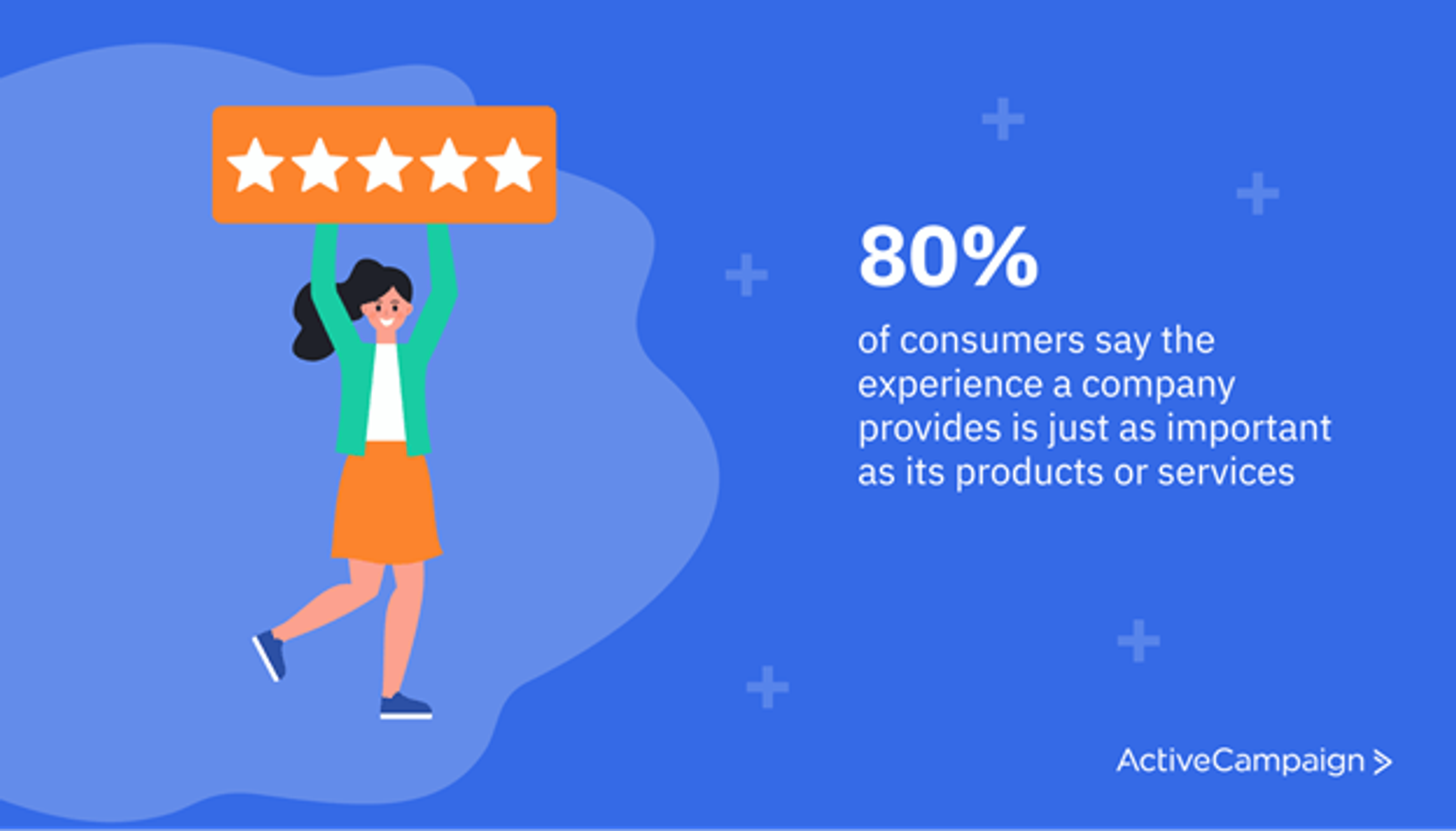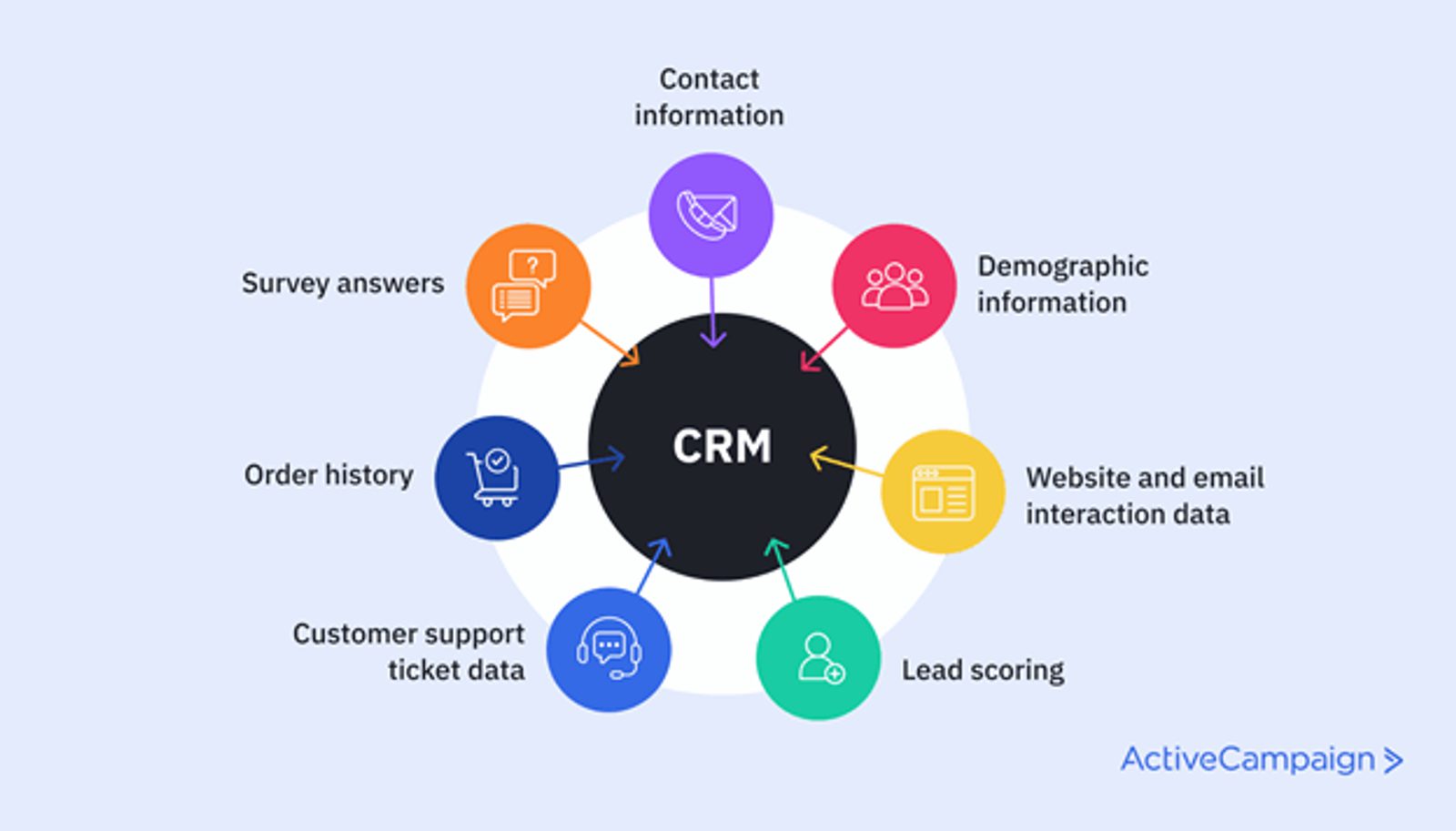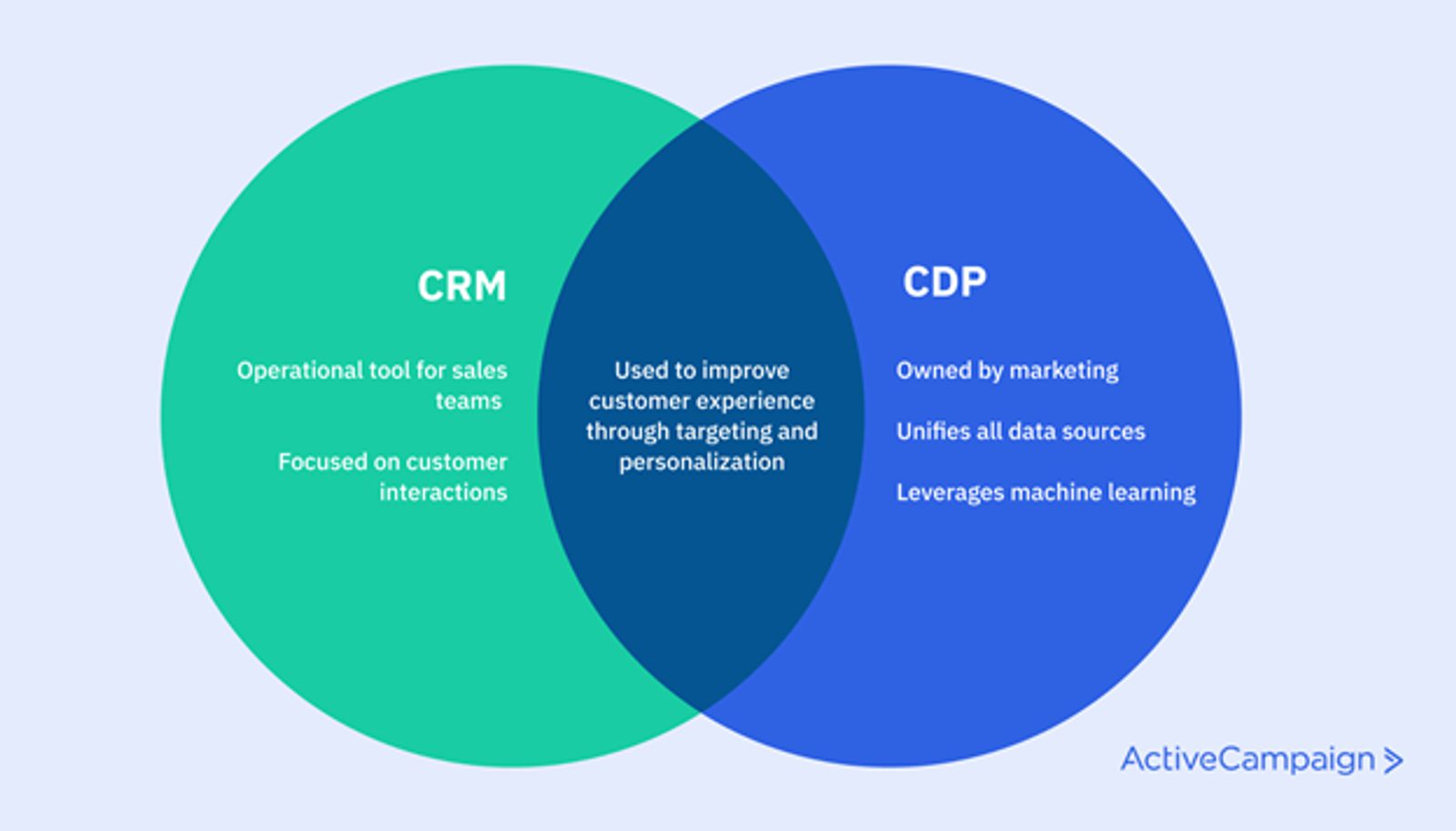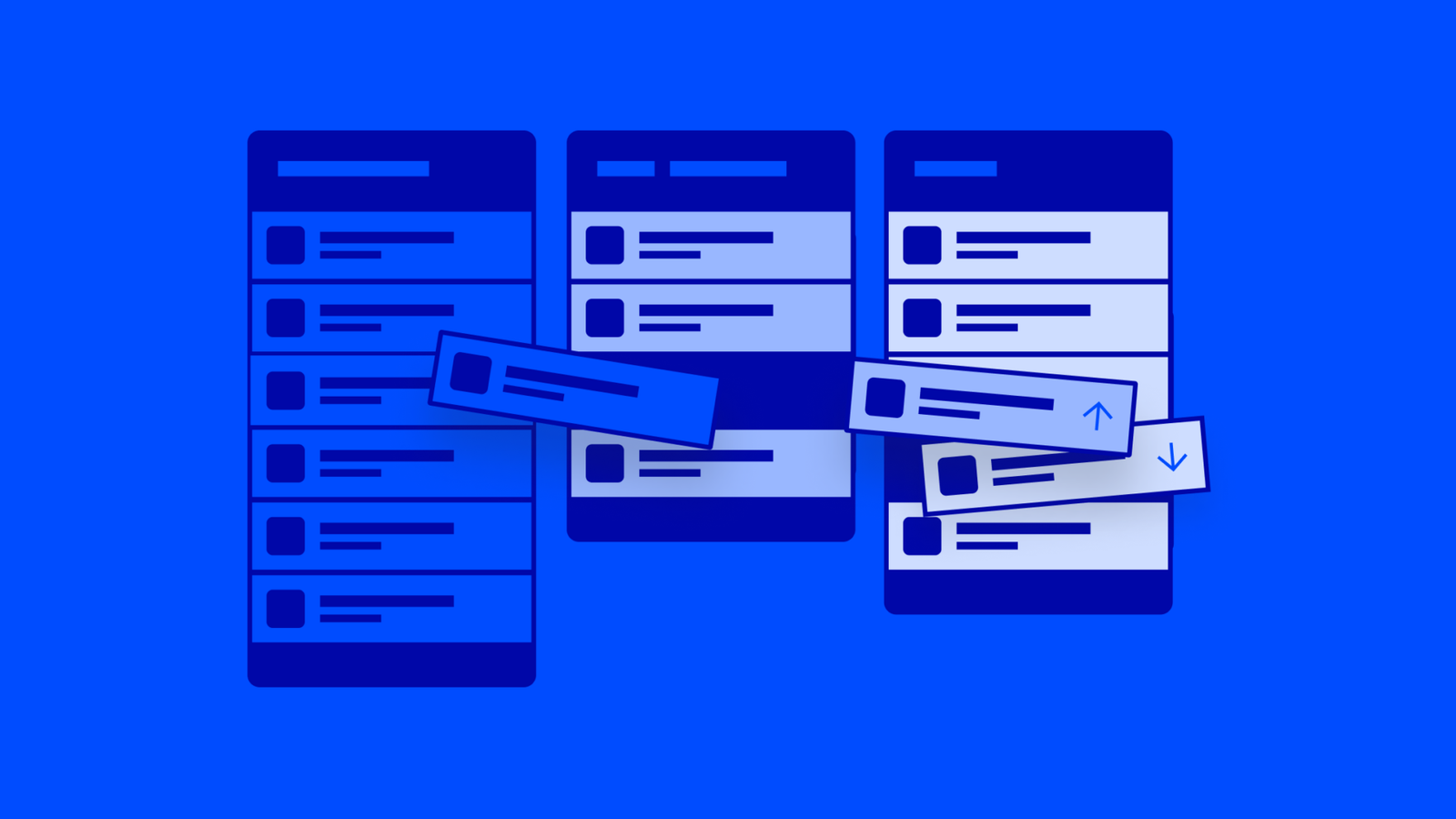There are so many sources of information about your prospective customers.
You have website analytics, email campaign data, advertising stats, and more.
The question isn’t where to find customer data — it’s how to manage it. You need a tool that can turn your data into actionable information.
One option is a customer relationship management (CRM) system.
Even if you’re not using a CRM yet, you may have heard of them. They’re popular in the sales world, with 65% of sales professionals now using a CRM tool.
But CRMs aren’t the only tool for managing customer data. You could also use a customer data platform (CDP) for your business.
So what’s the difference? And should you choose a CRM or a CDP?
This article compares CDPs and CRMs and helps you choose the best tool for your needs.
What is a CRM?As the name “customer relationship management” implies, CRM software manages data related to your relationship with your customers and potential customers.
Traditionally, this was mainly personal data (such as the contact’s job title, email address, and phone number) and interaction history (such as a log of phone calls and emails with the sales team).
Many modern CRMs go beyond this to collect and store data like website behavior, marketing email opens and clicks, and social media interactions.
CRMs don’t just store this data — they help you use it to acquire and retain customers. They make it easy for you to manage your sales pipeline, prioritize leads, and send the right message to the right person at the right time. Because of this, CRMs provide more transparency into the customer journey and the customer lifecycle.
The benefits of a CRM
Sales teams find CRMs quite effective. 61% of companies say a CRM system is very important for achieving sales objectives. Let’s look at a few reasons why it’s so crucial for companies.
Pipeline and contact management
A CRM keeps all of your contact and customer records in one place. It helps you keep track of the deals in your pipeline and break your lists into segments.
If you’re a smaller business keeping track of your deals and customers on a spreadsheet, a CRM will help you organize and prioritize.
Sales and marketing automation
A CRM takes a lot of manual work off of your plate. For example, you can automatically add new contacts to an email nurture campaign or receive automatic notifications that let you know which leads to follow up with.
Automation makes your processes more scalable and frees up your team to concentrate on what’s important — like building relationships with your customers.
Personalized communication
The data in your CRM can be used to personalize the individual customer experience. For example, contacts can receive different emails or see different website content based on what the CRM knows about them.

Analytics and reporting
CRMs help you see the big picture with customizable reports and dashboards. They can even help you forecast future sales revenue. For example, a CRM can predict deal win probability.
What is a CDP?
A CDP is a unified customer database. They are a newer type of technology that’s gaining popularity with businesses.
CDPs pull data from a wide range of sources, like website data, product data, and advertising data. It analyzes this data to help you make better marketing decisions.
The benefits of a CDP
CRMs and CDPs have many of the same benefits. They help store and organize data about your customer base and let you use that data in your marketing and sales efforts. Both technologies allow you to leverage business intelligence so that you can make data-driven decisions. They aren’t mutually exclusive — many companies use both.
Like CRMs, CDPs get favorable reviews. 73% of companies report that a CDP will be critical to their customer experience efforts.

Unified data
CDPs and CRMs both provide a database of information on your contacts, but CDPs have a broader reach than CRMs.
A CDP sits on top of all of your data sources (potentially including your CRM), capturing and standardizing the disparate data and using it to build comprehensive customer profiles.
Machine learning
The top CDPs use machine learning to automate segmentation and personalization. Your CDP platform can predict customer behavior and help you create highly-targeted sales and marketing campaigns.
What’s the difference between a CDP and a CRM?
Both customer data platforms (CDPs) and customer relationship management platforms (CRMs) focus on storing and utilizing customer data, but they also have some key differences. Let’s look at how a CRM is different than a CDP.
Who uses CRMs and CDPs?
CRMs are typically managed by the sales team, but they're increasingly used for marketing automation to assist in nurturing prospects.
CDPs are owned by your IT or marketing team. However, there’s plenty of overlap in what the two types of platforms can do, and both can benefit marketing, sales, customer service, and other teams.
What’s the purpose of a CDP or CRM?
A CRM is designed to manage your company's relationships and interactions with customers and potential customers. It’s a tool that helps your sales and marketing teams create a better customer experience.
A CDP also contributes to positive and personalized experiences for customers, but it’s less focused on direct interactions. A CDP helps you make decisions through the collection and analysis of massive volumes of data.
What kind of data is collected in CDPs and CRMs?
A CDP can contain all of the information that a CRM contains (especially if it connects to your CRM). But a CRM will provide a more limited dataset than a CDP.
This isn’t always a bad thing — you may not have the volume of data that requires a CDP, and you may find the more granular nature of a CRM is exactly what you need to target your ideal customers.

Here are some examples of the data that goes into a CRM:
- Contact information
- Demographic information
- Customer touchpoints
- Website and email interaction data
- Lead scoring
- Customer support ticket data
- Order history
- Survey answers
A CDP contains similar information. It can also combine identifiable customer data with anonymous profiles and pull data from almost any other app you use.
A CDP might contain the following:
- CRM data
- Anonymous customer data
- Offline data
- POS data
- Product usage data
- IoT data
How is data collected in CRMs and CDPs?
Some CRM data is manually entered into the system. For example, if you collect business cards at an industry event, you can put those new contacts into your CRM system.
Other information will automatically be added to the CRM when customers interact with your company’s website, email campaigns, or social media properties. And depending on your CRM software, it might integrate with other tools, like your e-commerce platform.
CDPs are designed to connect to any data source and ingest the data using methods like application programming interfaces (APIs), software development kits (SDKs), and server-to-server integrations. They take this fragmented data and standardize its format so that it can be used in other marketing applications.
How are CDP and CRM data used?
Both types of software use the data to create a central source of customer information.
Traditionally, CRMs were focused on interactions between the sales team and customers. But these days, CRM data is also used in marketing initiatives like email campaigns and website personalization.
CDPs are used for marketing, too. However, they have greater machine learning and analytic capabilities than CRMs, and they can work with more data sources.
Do you need a CDP or a CRM?
Whether you need a CDP or CRM depends on your goals and needs. Many larger companies use both effectively.
CRM software and CDP software both provide a single source of truth about your customers. They both aid your marketing automation and report on the success of your efforts.
So how do you choose?
When you need a CDP
A CDP is most valuable when you have a very large volume of data from many different sources and you want to use it all to create a unified customer profile. You may also choose a CDP when you want machine learning capabilities to make predictions based on that data.
These are neat features, but a CDP is a big investment that not every business needs to make.
For example, if you don’t have a strategy to connect your CDP across multiple databases, you won’t get your money’s worth.

When you need a CRM
A CRM can store and use a lot of data — contact information, data on interests and lifestyle, customer survey results, website and email interaction data, and more.
For many businesses, this is more than enough to understand their customers and create targeted, personalized campaigns. In fact, too much data can lead to focusing on the wrong parts of a contact’s profile. And if your data sources are easy to integrate, you may not need the standardization that a CDP provides.
CRMs are also ideal for companies looking for a straightforward sales pipeline management solution.
How CRMs and CDPs work together
CDPs help marketers understand their audience and connect with prospects. CRMs manage the ongoing relationship between the brand and the customer.
You don’t have to choose one over the other — your CRM can connect with a CDP solution. The CDP captures data from your CRM along with a variety of different sources and uses it to develop deep insights, intelligent list segments, and campaign personalization.
CRMs can do more than they used to, blurring the lines between a CRM and CDP.
Some of the advanced functionality of a CDP can be achieved by choosing a CRM that combines sales and marketing automation. An increasing number of CRMs even have machine-learning capabilities.
You can add more data sources and features to your CRM through integrations with other software.

Beyond CRM & CDP: DMP vs. CCM vs. CEM
Not confusing enough for you? Here are a few more acronyms you might hear tossed around during the CDP vs. CRM debate.
Data management platform (DMP)
A DMP creates and stores third, second, and first-party data in anonymous profiles, and it shares that data with advertising systems. DMPs get their data by purchasing it from a third party or by anonymizing data from their own giant user base.
The data in DMPs is typically used to create advertising audiences. For example, you can use DMP data to target millennial men in Pittsburgh but not to target a particular person by name.
Customer communications management (CCM)
A CCM is a tool that works with your CRM. CRMs store data to use in your customer interactions. CCMs focus on the quality of those communications, generating personalized email, website, SMS, print, or other types of content.
Customer experience management (CEM/CXM)
CXM (sometimes abbreviated CEM) is the practice of giving customers and prospects a consistently positive experience. It’s any combination of strategies and technology (including CRMs and CDPs) that helps a business reach that goal.
CDP vs CRM Conclusion
Customer relationship management solutions and customer data platforms are two tools for collecting and using customer data. They can be used together, or you can implement a CRM with many of the intelligent features of a CDP.
ActiveCampaign is a sales CRM and marketing automation solution that lets you send and track personalized, targeted campaigns. Try it free for 14 days.









